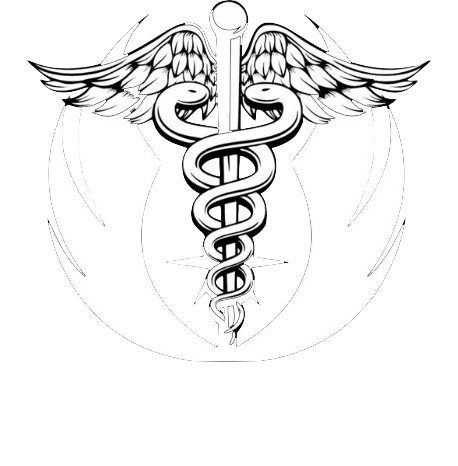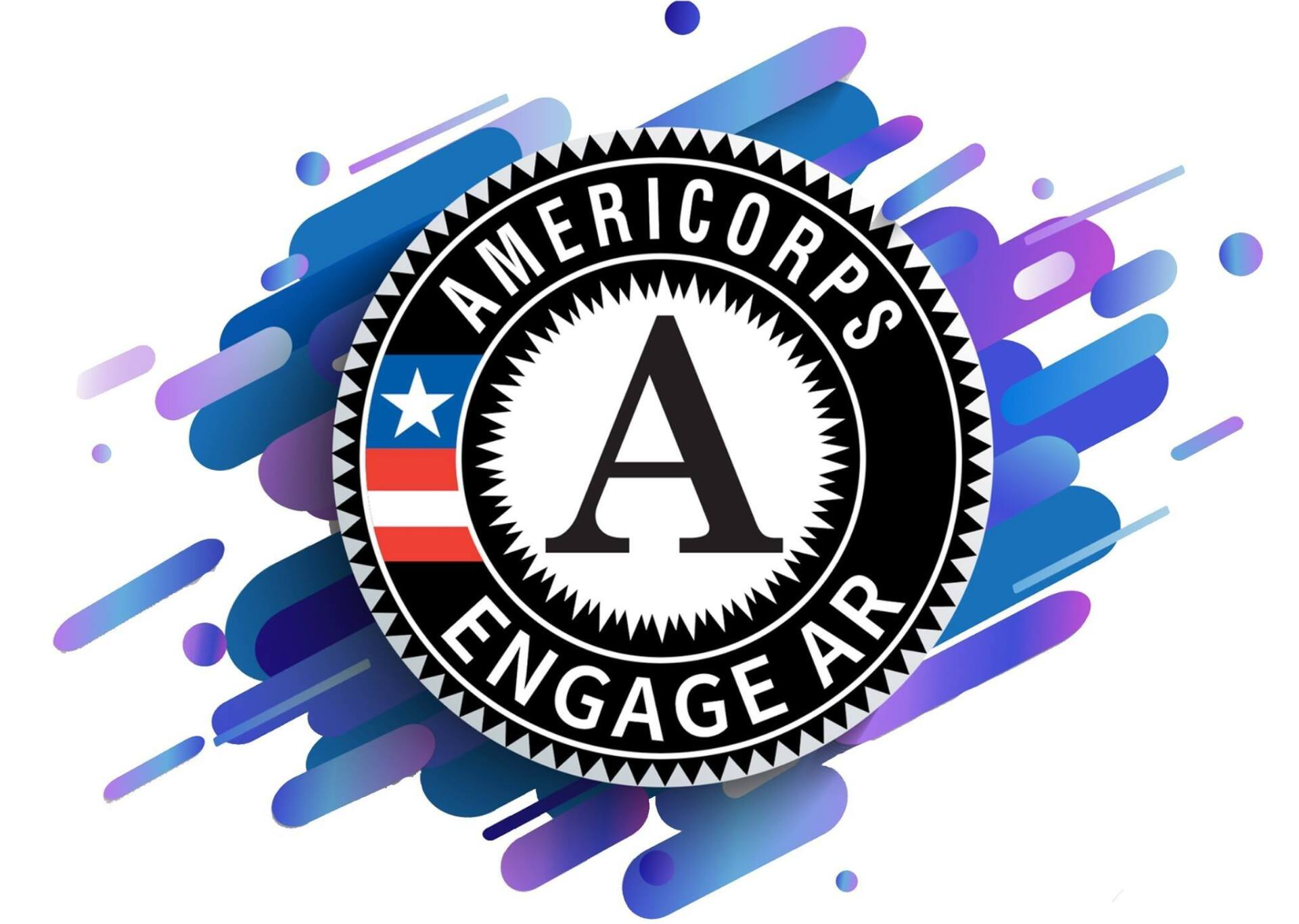Important Information Regarding COVID-19
Click on the image below to make it bigger
It is our goal to continue providing our patients with high quality medical care while taking steps to reduce the risk of transmission of COVID-19 to patients and staff. The Centers for Disease Control and Prevention (CDC) and the World Health Organization (WHO) recommend good hand washing and “social distancing” to help slow the spread of this virus.
If you currently have symptoms that include fever, cough, and shortness of breath or if you have been in direct contact with someone with a confirmed case of COVID-19, please call one of the numbers below or visit one of their websites for a free COVID-19 screening.
Arkansas Department of Health
Parents with concerns about COVID-19 in regards to their children, please contact Arkansas Children's Hospital at 1-800-743-3616.
Coronavirus Disease 2019 (COVID-19) Facts
As many of you may know, COVID-19 is a new respiratory virus that has the potential to cause severe illness or pneumonia in some people. It was identified in late 2019, and it has since spread from China to other countries around the world, including the United States. This is an emerging, rapidly evolving situation and the CDC has been providing updated information as it becomes available, in addition to updated guidance. We are here to provide factual information and to answer common questions that you may have regarding this current situation. For more information, please visit one of the websites below:
Arkansas Department of Health
Centers for Disease Control
World Health Organization
Resources
Holiday Guidance During the COVID-19 Pandemic
Many traditional holiday activities can be high-risk for spreading viruses, including SARS-CoV-2, which is the cause of COVID-19. There are several safer, alternative ways to enjoy the holidays. As cases in Arkansas rise and you decide how you will celebrate the holidays, the Arkansas Department of Health (ADH) strongly encourages you to take the precautions listed below to protect yourself, your loved ones and others from the spread of COVID-19.
The following people should not participate in any in-person holiday festivities due to the risk of exposing others:
- Anyone who has tested positive for the virus that causes COVID-19 and is within their isolation period, whether or not they have symptoms.
- Anyone recently exposed to someone diagnosed with COVID-19 and is in their 14-day quarantine period, even if they have tested negative during that time.
- Anyone experiencing symptoms of COVID-19.
- Symptoms of COVID-19 may include: fever greater than 100.4 degrees Fahrenheit, chills, cough, shortness of breath or difficulty breathing, fatigue, muscle or body aches, headache, new loss of taste or smell, sore throat, congestion or runny nose, nausea or vomiting, diarrhea, or otherwise feeling unwell.
Download ADH's Strategy for preventing COVID-19 spread during the holidays below
Strategy for preventing COVID-19 spread this winter
There is a strong desire to return to normalcy as the weather cools and the holiday season approaches. However, the threat of COVID-19 remains real and may even be heightened as outdoor activities become less feasible. It’s critical that Arkansans take steps that will protect the people around them in the coming months. Each of the steps outlined below offers protection against spreading the virus, but each one alone is not enough. We need to take multiple precautions to limit the spread of COVID-19 so we can make it through this season as safely as possible. Using all of these strategies together can significantly decrease the spread of the virus and keep each of us and our loved ones healthy and safe.
Download ADH's Strategy for preventing COVID-19 spread this winter below
Coping with Stress
Fear and anxiety about a disease outbreak, such as COVID-19, can be overwhelming and cause strong emotions in many within our community. Taking care of yourself, your friends, your family, and your loved ones can help you cope with stress, and helping others cope can also make our community stronger. Knowing the facts and learning how to protect yourself and those you love can actually lessen your stress.
Learn and share the facts about COVID-19. By doing that you will help stop the spread of rumors. When you share accurate information about COVID-19 from reliable sources, you can help make people feel less stressed, make a connection with them, and help stop stigma.
If you are looking for ways to cope, here are a few suggestions:
- Take breaks from watching, reading, or listening to the news...Yes, including social media. Hearing about the pandemic repeatedly can be upsetting to some people.
- Take care of your body...Yes, step away from the junk food! Try eating a little healthier when you cook your dinner or while you are supporting local restaurants by ordering in. Also, take a deep breath (or 12), meditate, do some stretches, and just relax in general. Exercise...Yep, we said it. Even small exercises will help to relieve stress like going for a short walk.
- Make time to unwind...This goes out to all you parents! Try to do some other activities you enjoy, like painting, reading, watching endless TikTok videos (no, don't do that lol), or watching our very own Dr. Kittell on our Facebook page!
- Stay connected...No, not just on social media. Talk to others. Reach out to those you trust to voice your feelings or concerns.
Coping with Stress in Children
As many of us know, most children and teens react on what they see from the adults around them. When parents, caregivers, or other adults deal with the COVID-19 calmly and confidently, they can provide the best support for teens and children. Parents and adults can be more reassuring to others around them, especially children and teen, if they are well prepared.
What you should look out for:
- Excessive crying or irritation especially in younger children.
- Excessive worry or sadness in both children and teens.
- Unhealthy eating or sleeping habits, such as sleeping too much or too little.
- Irritability or “acting out” more than normal in teens and older children.
- Poor school performance or avoiding online schoolwork in general.
- Difficulty with paying attention or concentration.
- Avoiding of activities they enjoyed in the past.
- Unexplained headaches or body pains.
- Use of alcohol, tobacco, or other drugs.
What you can do to help:
- Talk with your children or teens about the COVID-19 outbreak, and have an open and honest conversation.
- Answer any and all questions they may have, and share facts about COVID-19 in a way that your children or teens can understand.
- Reassure your children or teens that they are and will be safe.
- Let them know it is ok or normal to feel upset. Share how you deal with your own stress so that they can learn how to cope from you.
- Limit your children's or teens' exposure to news coverage of the event, including social media. Children and teens may misinterpret what they hear. This can be frightening since it could be about something they do not fully understand.
- Try the best you can to keep up with regular routines.
- Allow them to connect with friends and family members as often as they can.
Healthy School Guide
Beginning in-person school again in Central Arkansas is not easy even without COVID-19 being involved. A lot has changed since March 2020 and everyone has a lot of questions. We are still in the middle of a pandemic, that means that information and guidance can change often. We are learning more about COVID-19 each day, and the more we know, the more we can take steps to help keep us and our children healthy.
Download the Healthy School Guide
Below you can download the Health School Guide. This guide was written and assembled by a team of medical, behavioral health, and education experts from the UAMS, Arkansas Children’s Hospital, ADH, the Arkansas Division of Elementary and Secondary Education, and other partners. The goal of the guide is to bring together good health information for parents, teachers and students. The information includes the latest scientific advice, guidelines, and best practices.
Every school is different. This guide can help school officials, educators, and families plan for in-person learning.
For more information, visit the DESE website.
ENGAGE Arkansas
ENGAGE Arkansas is a statewide partnership to support students, families, and teachers during a time of rapid change and challenge. With the help of academic coaches and mentors, this program will increase attendance and academics as well as provide teachers with the additional support needed to overcome the barriers of the current learning environment.
For many students, going from a traditional classroom to learning from home can be a real challenge. Arkansas’ Department of Elementary and Secondary Education has partnered with Graduation Alliance to provide an extra layer of support for students in grades k-12 and their families who might be struggling with these changes. Students who choose to participate in the program will get an academic coach to work with them to answer questions, connect them with resources, and develop a plan to get on track and finish the school year strong.
ENGAGE Arkansas Website
For more information and resources, visit the ENGAGE Arkansas website.
Re-Opening Information for Central Arkansas Schools
School Forms
Arkansas Activities Association COVID-19 Clearance Form
If an athlete has tested positive for COVID-19, using a PCR or antigen-based test, he/she must be cleared for progression back to activity by an approved health care provider.
You can download the form below.


